7 Must Try Luxury Ingredients in Tokyo
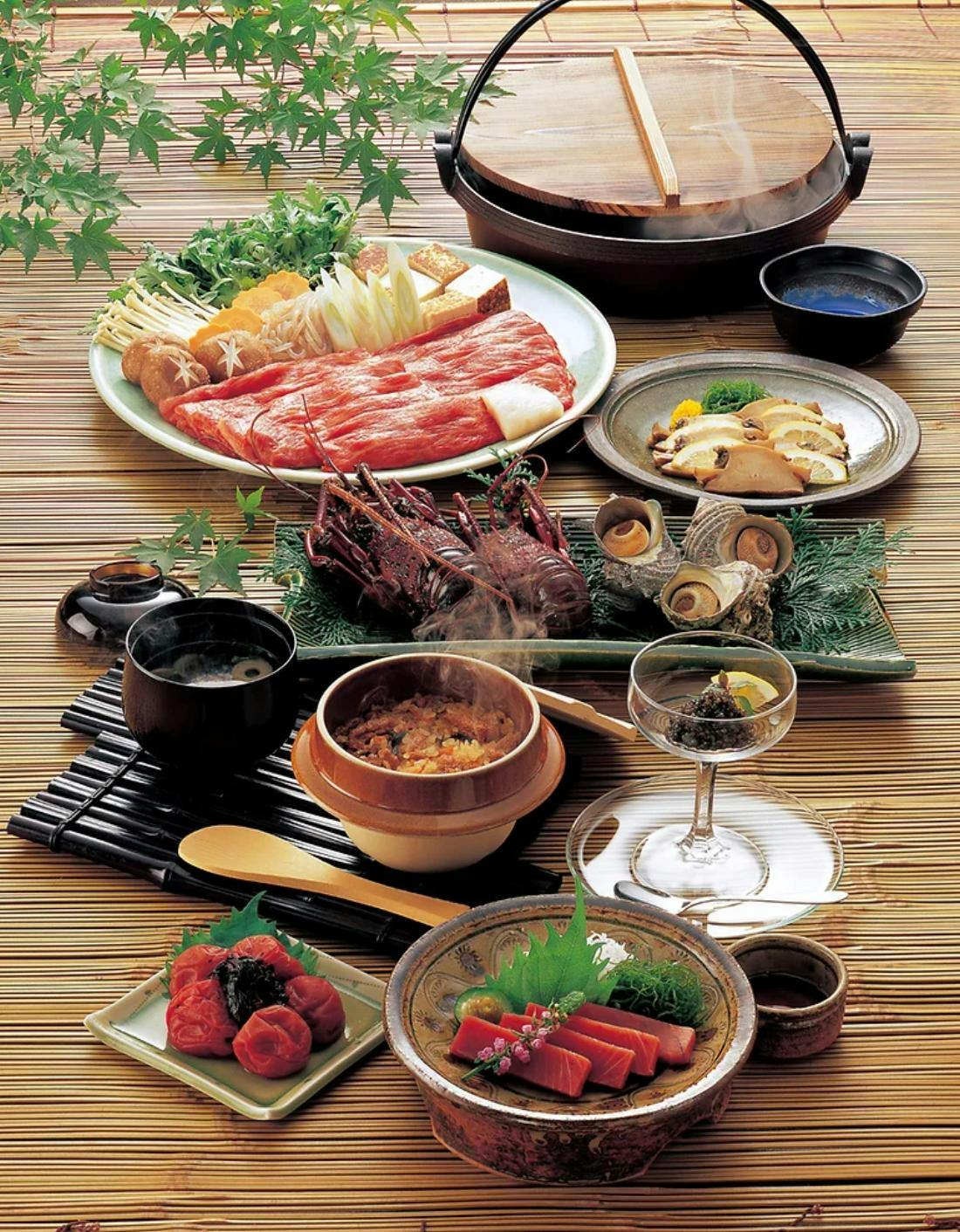
7 Must Try Luxury Ingredients in Tokyo – Eat Pro Japan
Tokyo, the world famous, must visit gourmet destination. Alongside the famous Japanese beef, wagyu and crab, there are a collection of shops where you can enjoy a variety of dishes made from top quality ingredients. So, let’s dive in and explore the 7 must try ingredients in Tokyo.
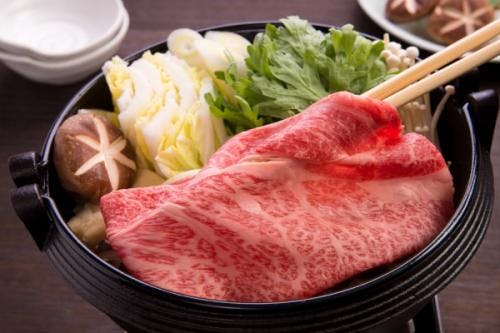
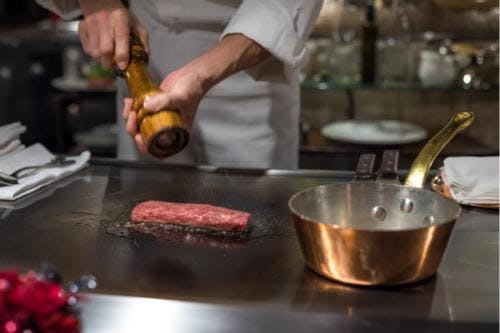
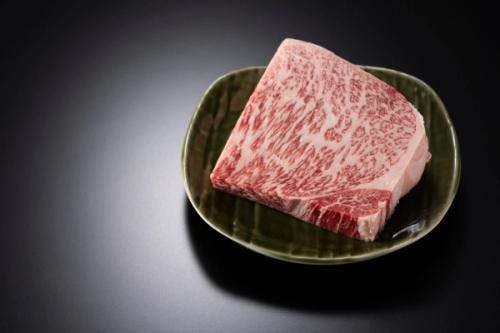
Wagyu Beef
First on our list is Japan’s world-famous Wagyu beef. Before a producer can call their beef “Wagyu” they have to fulfill a strict guideline of quality assurance checks, even after passing the test only a small quantity is distributed throughout Japan. Wagyu beef has many unique characteristics such as its savory aroma known as “Wagyu essence”; which is an important factor in balancing out the beef’s soft texture and rich umami (flavor). With all these characteristics there is not wonder why Wagyu is particularly popular among top chefs and foodies worldwide.
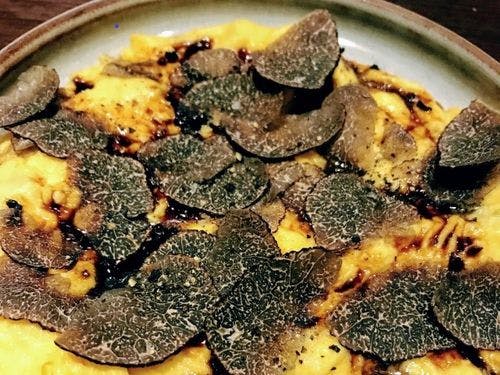
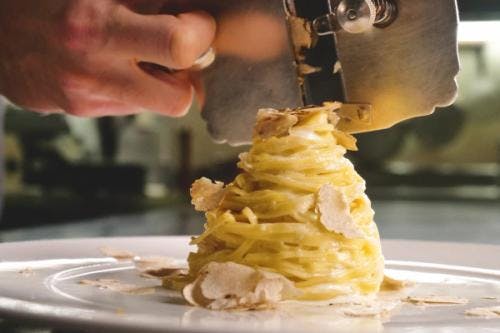
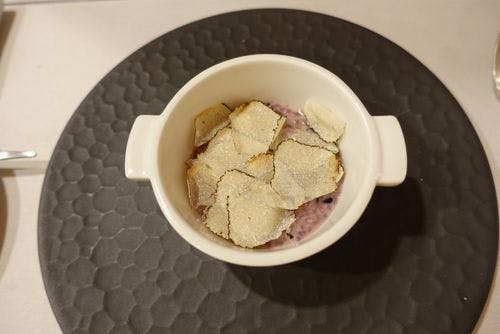
Truffles - The Three Global Delicacies
Truffles are unique mushrooms grown underground These mushrooms are well known for their indispensability in French cuisine but have now migrated to join both Japanese and Italian culinary creations. There are two well know types of this rare mushroom; “black” truffles, which are the most suitable for cooking and “white” truffles, with its rich aroma and rarity are usually used for garnishing.
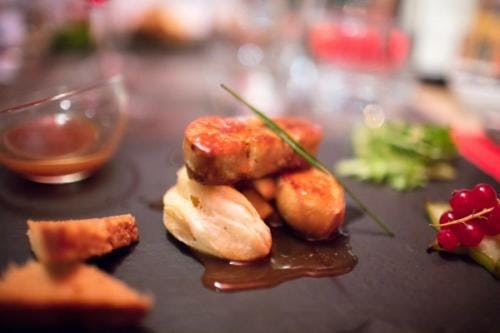
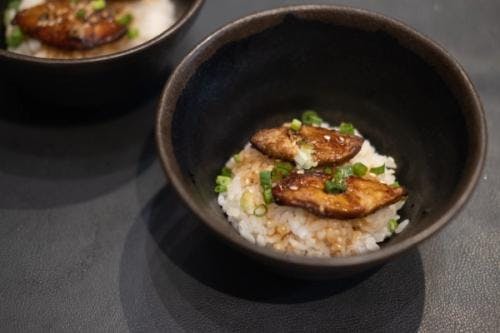
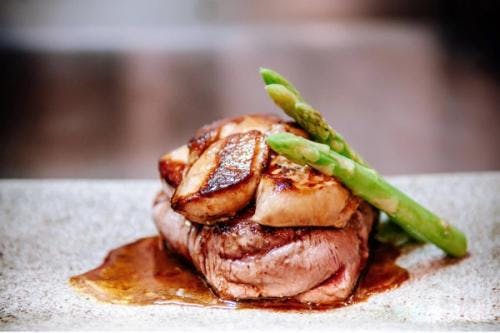
Foie Gras - The Three Global Delicacies
Foie gras is a gourmet delicacy made from the liver of male ducks. This gourmet ingredient has been loved by and exclusive to the European aristocrats but now, has been shared with chefs worldwide and the finest quality can be enjoyed in Tokyo. With a strong rich taste and meat that melts on your tongue, Foie Gras is a must try when visiting Tokyo.
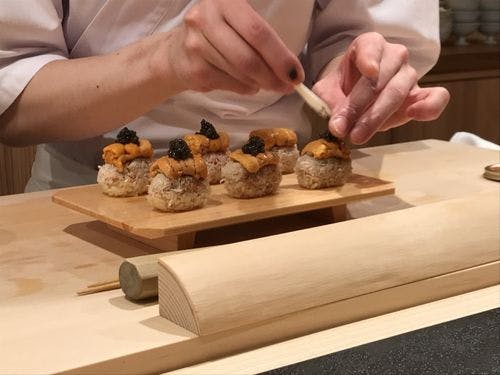

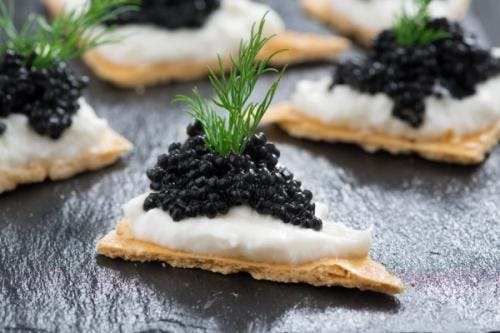
Caviar - The Three Global Delicacies
Caviar is salt-cured sturgeon eggs, originally from the Caspian and Black Sea can now be enjoyed from the first-class restaurants of Tokyo. Due to the difficulties involved in producing caviar, it is one of the rarest ingredients on earth. Also, when considering the difficulties storage and processing, caviar is given the most advanced of expert care to maintain the upmost quality in appearance and taste.
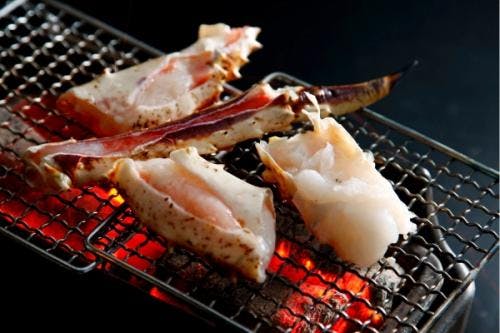
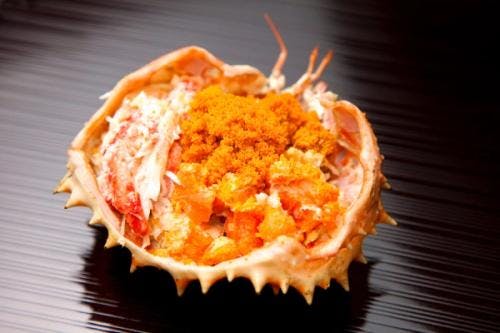

King Crab
This is one of the four major crabs found in Japan that akin to the taste of the Japanese winter. The King crab, which is actually a hermit crab, can grow up to an amazing 1 meter in width, with its leg being the majority of its size and its tender flesh protected by its bright red-orange shell. The legs are especially filled with soft flavorful meat that explodes in your mouth with each bite.
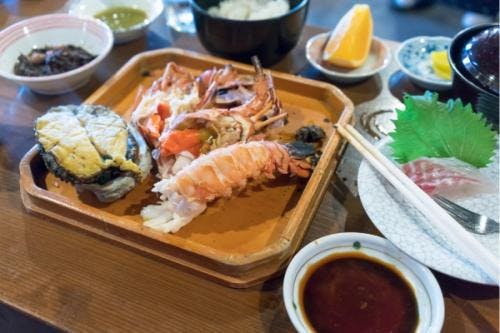

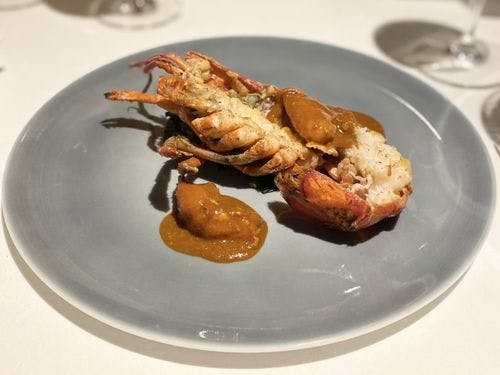
Japanese Spiny Lobster
This one-of-a-kind lobster has been loved since ancient times in Japan, so much so that it’s mentioned in several books from the Japanese Heian period (794-1185). This popularity is most certainly, but not only, related to its rich flavor and aroma, and its crispy texture. The spiny lobster is often used in Japanese festivities due to its eye-catching bright red spiny shell. The entire lobster can be enjoyed in various way due to its versatility.



Sea Urchin
And finally on our list we have Japanese sea urchins. Sea urchins pack rich flavors, soft sweetness and a refreshing beach scent all into one small package. There are several popular types of sea urchins each with its own flavor and experience. Sea urchins are best eaten within their respective season, which Japanese chefs are all well knowledgeable of. This combined with expert culinary skills and a wide variety of cooking methods, you can enjoy the variety that this Japanese delicacy has to offer.

7 Must Try Luxury Ingredients in Tokyo – Eat Pro Japan
Enjoy the finest ingredients in Tokyo
All of the ingredients mentioned above are famous for their rich flavor, scrumptious texture and inviting aroma, and should definitely be tried at least once if fine dining in Tokyo is on your bucket list. From enthusiasts to experienced chefs can enjoy the high quality of dishes prepared using any one of these ingredients by Japanese culinary masters and enjoy the flavor or Japan.